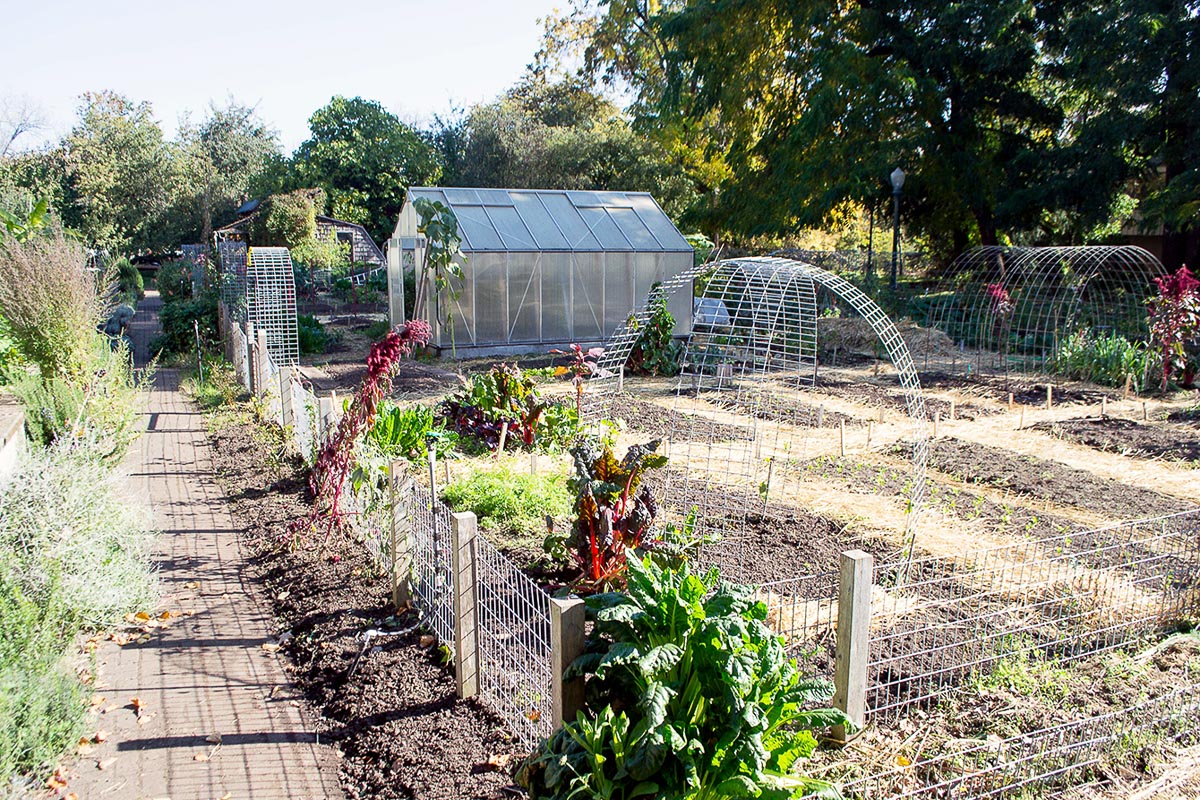Indicators on City Blooming You Should Know
Table of ContentsSee This Report on City BloomingGetting My City Blooming To WorkSome Ideas on City Blooming You Need To KnowGetting My City Blooming To WorkThe Buzz on City Blooming
Interested in expanding food to buy in the City of Chicago? Thinking of beginning a community yard? Changes to the Chicago Zoning Regulation allow farming usages like neighborhood yards and urban ranches in many parts of the city. Below is a listing of frequently asked concerns regarding the policies and regulations that growers need to think about when preparing a city agriculture job.
The zoning modification does not change any kind of various other codes managing composting, building permits, acquiring or renting City owned residential or commercial property, company licenses or ecological contamination. There are existing codes that manage these concerns and they remain in complete impact and might be appropriate to your job. Area gardens are commonly possessed or handled by public entities, civic companies or community-based organizations and maintained by volunteers.
Urban farms grow food that is meant to be marketed, either on a nonprofit or for-profit basis. Due to their commercial function, urban ranches call for a company certificate.
Indicators on City Blooming You Need To Know
Composting is enabled however just for plant product that is generated and utilized on site. The quantity of compost material can not go beyond 25 cubic yards at any kind of given time according to the requirements in 7-28-715 of the City's Municipal Code. Yes. Due to the fact that the soil at many new garden sites needs changing, compost, soil, wood chips, or various other products can be gotten to build or enhance the growing room - urban gardening.

If a structure permit is called for after that the hoophouse will be taken into consideration an accessory building. You can locate out more regarding the building authorization requirements by calling the Department of Structures. The 25,000-square-foot dimension limit is planned to avoid a solitary community garden from controling a provided block or interfering with the block's existing domestic or industrial personality.
The limitation does not apply to gardens situated in Public Open Room (POS) areas. Can there be more than one area garden that is 25,000 square feet on a continue reading this single block? Fencing is not required, however, gardens that have big vehicle parking locations might be called for to mount fencing or other landscape design attributes.
A Biased View of City Blooming
B1 & B2 districts need that all business use activities be conducted indoors. R districts restrict commercial task. The policies reflect the function and intent of the Zoning Code. Is secure fencing required for metropolitan ranches? Yes. Fences might be called for, along with landscaping and testing, for sure parking lot and outdoor work or storage areas depending upon place and the certain task occurring.
Yes. Urban ranches call for building licenses and zoning authorizations prior to building and construction. Other types of city review might be called for depending upon specific structures, tasks, dimension, landscape design, licensing, public heath and stormwater monitoring problems. Much of these requirements are recognized in the task style or allowing procedure, nonetheless, the candidate may be accountable to independently determine certain licenses or allows that might be needed.
Yes. The kind of license is figured out by what is taking place at the site. The Division of Company Affairs and Customer Protection can aid identify the specific kind of service permit that's needed. Yes. Off street auto parking is needed for many industrial jobs in Chicago. The called for variety of garage is based upon the number of workers servicing site and not the square video footage of the growing area.
What Does City Blooming Do?

A city ranch can offer compost product created on website, nevertheless, the procedure has to abide with the regulations in 7-28-715 of the Chicago Municipal Code. Aquaponic systems are permitted indoors on urban ranches in many zoning districts.
Approximately 5 hives or swarms of honey might be maintained as an accessory usage. Beekeepers should register with the Illinois Division of Farming. For additional information concerning the proposed zoning amendment you might contact the Department of Housing and Economic Growth, Bureau of Preparation and Zoning at 312.744.8563.
Farming in cities and metropolitan areas An urban ranch in Chicago. Urban agriculture refers to different practices of growing. https://my-store-faa5b0.creator-spring.com/, processing, and distributing food in city locations. The term also relates to the area activities of animal husbandry, tank farming, beekeeping, and gardening in a metropolitan context. Urban farming is distinguished from peri-urban agriculture, which occurs in backwoods beside residential areas.
The Ultimate Guide To City Blooming
, who look for to create social networks established on a shared principles of nature and area holism. These networks can create by way of formal institutional assistance, coming to be integrated into neighborhood town planning as a "shift community" movement for sustainable metropolitan advancement.
Some of the initial proof of urban farming comes from Mesopotamia.